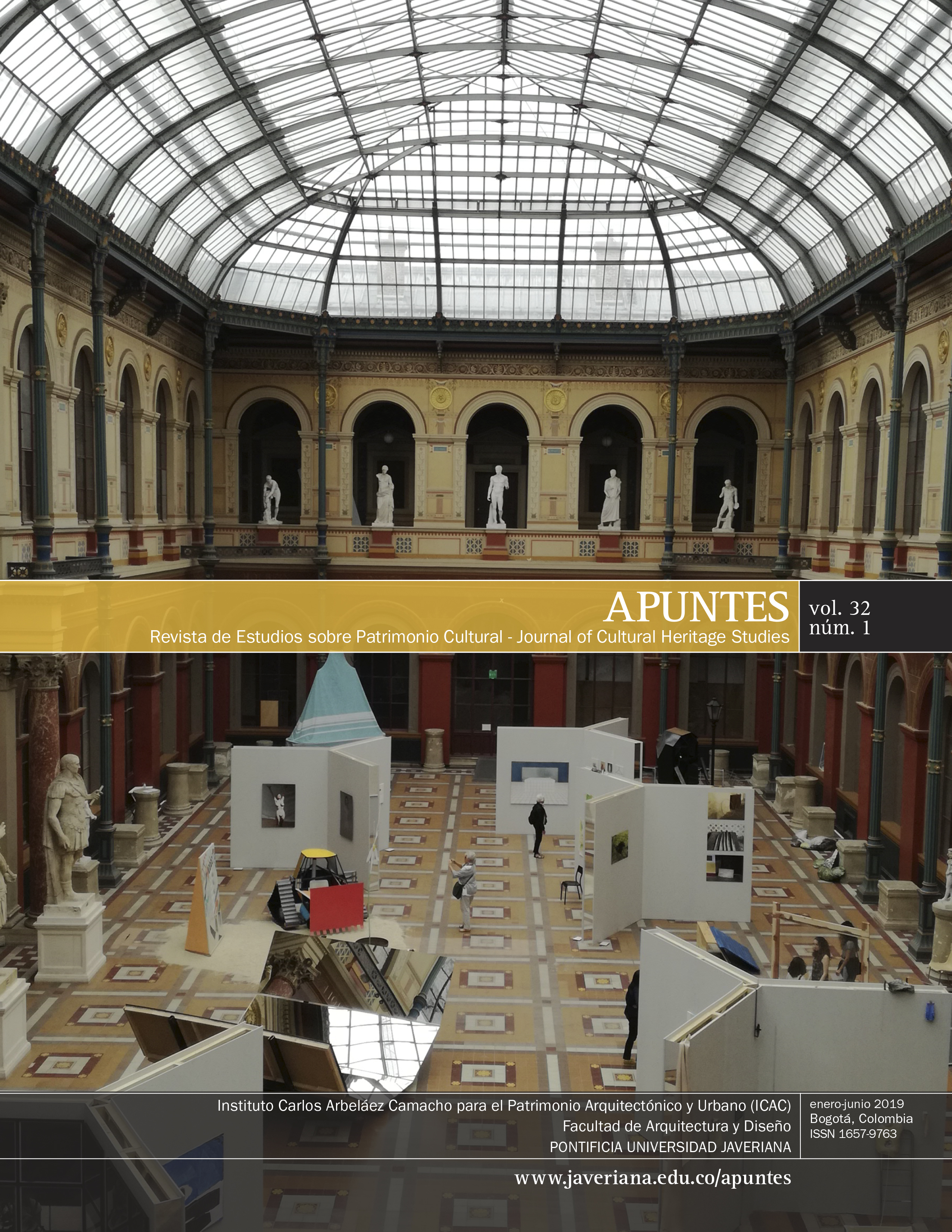Resumen
El valle del río Sondondo, en los Andes del sur del Perú, tiene una rica historia de ocupación cultural desde épocas preincaicas. Hoy alberga además una de las colecciones más inalteradas de iglesias del siglo XVI del país, características de la región y con particularidades que nos permiten pensar en configurar un panorama que ilumine un lugar y un período de la arquitectura virreinal peruana, hasta el momento prácticamente desconocido. Este trabajo, aún en curso, es parte de una investigación más amplia, que analiza los paisajes culturales del valle —que incluye andenes y otras manifestaciones de transformación territorial—, apuntando a la preservación de sus valores mediante una declaratoria patrimonial nacional.
Hampe, T. (1979). Relación de los encomenderos y repartimientos del Perú en 1561. Historia y Cultura, 12, 81-115.
Mesa, J., y Gisbert, T. (1985). Arquitectura andina. Historia y análisis. La Paz: Embajada de España en Bolivia.
Ramos, G. (1992). Política Eclesiástica y extirpación de la idolatría: discursos y silencios en torno al TaquiOnqoy. Revista Andina, 19, 47-69.
San Cristóbal, A. (1993). Los períodos de la arquitectura virreinal peruana. Anales del Museo de América, 1, 159-181.
San Cristóbal, A. (1996). Las fachadas barrocas de Ayacucho. Anales del Museo de América, 4, 127-136.
Sacra Congregatio Rituum. (1964). Instructio Inter oecumeniciadexsecutionem Constitutionis de sacra Liturgiarecteordinandam, Acta Apostolicae Sedis, 56, pp. 877-900.
Zapata, A., Rojas, R., y Pereyra, N. (eds.). (2008). Historia y Cultura de Ayacucho. Lima: UNICEF/Instituto de Estudios Peruanos.
La revista Apuntes se encuentra registrada bajo la licencia Creative Commons Reconocimiento 4.0 Internacional. Por lo tanto, esta obra se puede reproducir, distribuir y comunicar públicamente en formato digital, siempre que se reconozca el nombre de los autores y a la Pontificia Universidad Javeriana. Se permite citar, adaptar, transformar, autoarchivar, republicar y crear a partir del material, para cualquier finalidad (incluso comercial), siempre que se reconozca adecuadamente la autoría, se proporcione un enlace a la obra original y se indique si se han realizado cambios. La Pontificia Universidad Javeriana no retiene los derechos sobre las obras publicadas y los contenidos son responsabilidad exclusiva de los autores, quienes conservan sus derechos morales, intelectuales, de privacidad y publicidad.
El aval sobre la intervención de la obra (revisión, corrección de estilo, traducción, diagramación) y su posterior divulgación se otorga mediante una licencia de uso y no a través de una cesión de derechos, lo que representa que la revista y la Pontificia Universidad Javeriana se eximen de cualquier responsabilidad que se pueda derivar de una mala práctica ética por parte de los autores. En consecuencia de la protección brindada por la licencia de uso, la revista no se encuentra en la obligación de publicar retractaciones o modificar la información ya publicada, a no ser que la errata surja del proceso de gestión editorial. La publicación de contenidos en esta revista no representa regalías para los contribuyentes.



